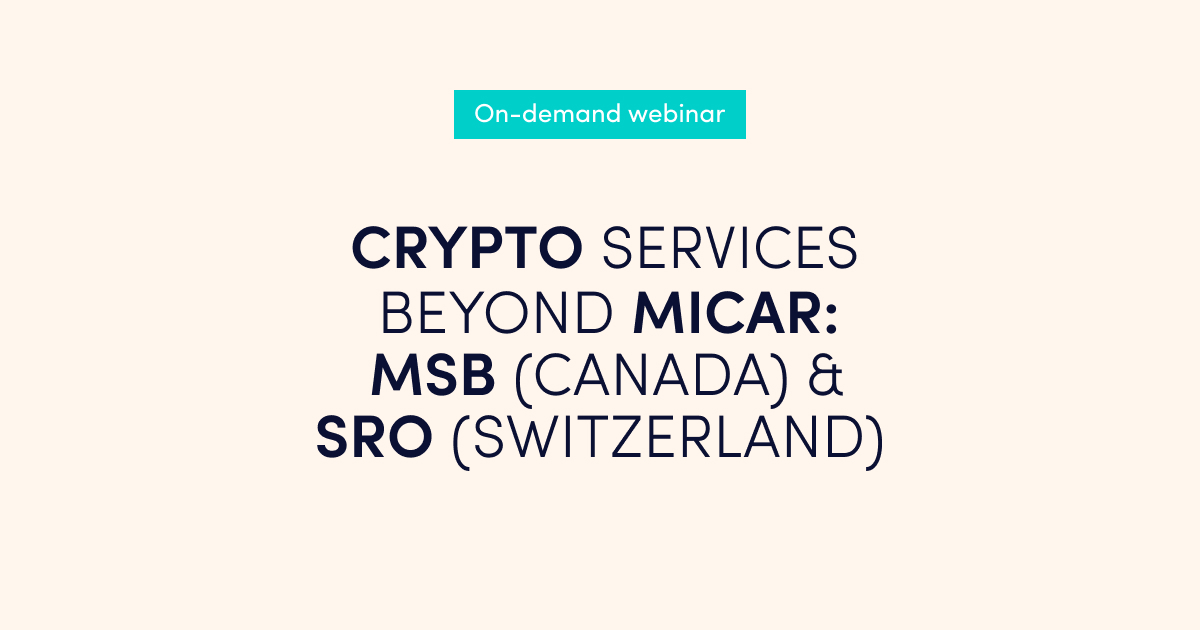Sustainable banking or sustainable finance is a booming strategic direction in financial services that addresses social responsibility and environmental sustainability as the top priorities in the industry. How should we put it another way? Sustainable finance or banking is any financial service that integrates the environmental, social and governance (ESG) criteria into the business or investment strategy to bring a lasting impact on both clients and broader society.
There are many different factors that influence ESG criteria. Environmental factors are related to climate change and sustainable resources, whereas social factors are associated with human and animal rights, consumer protection, and HR practices. Last but not least, governance factors cover the management of public and private organisations and companies, employee relations and compensation issues.
It will be a tall order to adjust all those factors in the banking and fintech industry. First, it will require technological upgrades, and management teams will need to change their mindset to make such progress. Ultimately, fintech companies will need to make develop a new value proposition in the world ruled by these four factors – customer demands, government regulations, and technological breakthroughs.
What is the best way to approach sustainable banking or sustainable finance? It should be an action-based strategy instead of a philosophical vision. There are different ways banks and fintech companies can take action to support sustainability. First, financial companies can invest in Environmental, Social, and Governance (ESG) and empower their customers by providing detailed reports on their investment activity. The more details a financial company or bank can provide to its customers, the more flexible and like-minded services will become. For example, YouGov Mastercard (2021) revealed that 85% of consumers are committed to sustainability and environmental actions.
In the case of investors, they may even vote against any new strategic directions that don’t live up to their expectations, and without a doubt, environmental, social, and governance (ESG) issues are one of those. According to CommerzVentures’ second report on climate fintech, venture capital (VC) funding for fintechs driving net-zero economies hit a record high in 2021 – at $1.2 billion in 2021, VC funding for climate fintech was three times higher than in all previous years.
So, it makes financial companies think a bit further about sustainability and how they can introduce sustainable initiatives.
Below we provide some of sustainable banking initiatives, introduced by services providers and regulators.
Carbon calculator
In partnership with fintech Toponomy, Mastercard has created the Mastercard Carbon Calculator. The new feature allows banks to engage people on their carbon footprint and consumer spending and provide insights on how they contribute to reforestation.
The sustainable finance initiative has been already integrated globally. It helps banks educate and bring in more environmentally conscious clients that are aware of their spending and ready to preserve the environment that surrounds them.
Carbon-centric super apps
These apps analyse banking data and link each transaction to the industry. As a result, one can determine the monthly carbon footprint by multiplying the emission factor with banking transactions.
Besides the banking app, this functionality can be considered for any investment app because savings and investments will soon be linked to ESG, requiring a standardised approach for sustainable finance.
Environmentally conscious donations
One of the business cases related to sustainable donations is ecolytiq. The company plans to launch an ecoAction product that will help banks reduce their footprint through environmentally conscious contributions. The idea is to focus on financial sustainability and building an infrastructure for a greener future. The rational behind this idea is to empower banks and their customers to make changes and live a more sustainable lifestyle by taking real action and supporting environmental organisations.
ESG templates for banks
By 2023, banks will need to unveil any carbon-intensive activities and assets associated with such risks as fires and floods (Reuters, 2022). The European Banking Authority (EBA) has defined environmental, social and governance (ESG) templates for the 150 leading banks, including Deutsche Bank, SocGen and UniCredit. Meaning that it will be easier for investors to compare each bank’s exposure when it comes to pollution and sustainability and identify how fast companies integrate sustainable banking strategies.
New banking rules for ESG measurement
Based on the findings by European Banking Authority’s report (Report on Environmental, Social and Governance (ESG) risks management and supervision, 2021) and the Sustainable Finance Strategy, the European Commission has adopted legislative proposals to review several EU banking rules, including the Capital Requirements Regulation (CRR) and the Capital Requirements Directive (CRD). The European Commission gives credit that the EU will become more resilient to economic crashes and transits towards sustainable banking and climate neutrality by changing these rules.
To put these new banking rules into practice, the European Banking Authority is said to create guidelines on how to assess all kinds of ESG risks. The organisation aims to develop these guidelines that will set out specific instructions and plan on identifying, measuring, and managing ESG issues. This will also help the Commission measure ESG risks and consistently evaluate any bank’s activities.
Sustainability Disclosure Requirements
Besides the EU’s active engagement in ESG matters, the UK’s Financial Conduct Authority (FCA) has also started actively promoting financial sustainability by putting the ESG criteria at the centre of their investment strategy. Recently, the FCA published a paper on Sustainability Disclosure Requirements and Investment Labels (2021) for the asset owners and managers they regulate. These requirements define product classification by their sustainability nature and provides relevant information on product-level disclosures for consumers and institutional investors, covering all the risks, opportunities and impacts on the ESG.
Conclusion
To embed sustainable banking in all aspects of business, there is no question there a lot of work to be done, but one can feel optimistic that over the next decade real change will take place and everyone – by everyone, we mean consumers, regulatory organisations, banks and financial service providers – will need to give closer attention to sustainability and climate positive actions.
About Advapay
Advapay is a technology company providing the Digital Core Banking platform to empower fintech clients or digital banks to start their businesses and accelerate digital transformation. The platform delivers all essential functionalities, a front-to-back system and a set of tools to customise and bring new integrations. With Advapay, potential and existing customers can connect either to the cloud-based SaaS or on-premise software. Besides the technical infrastructure, the company provides business advisory and fintech licensing services. Interested to learn more, please drop us a message








